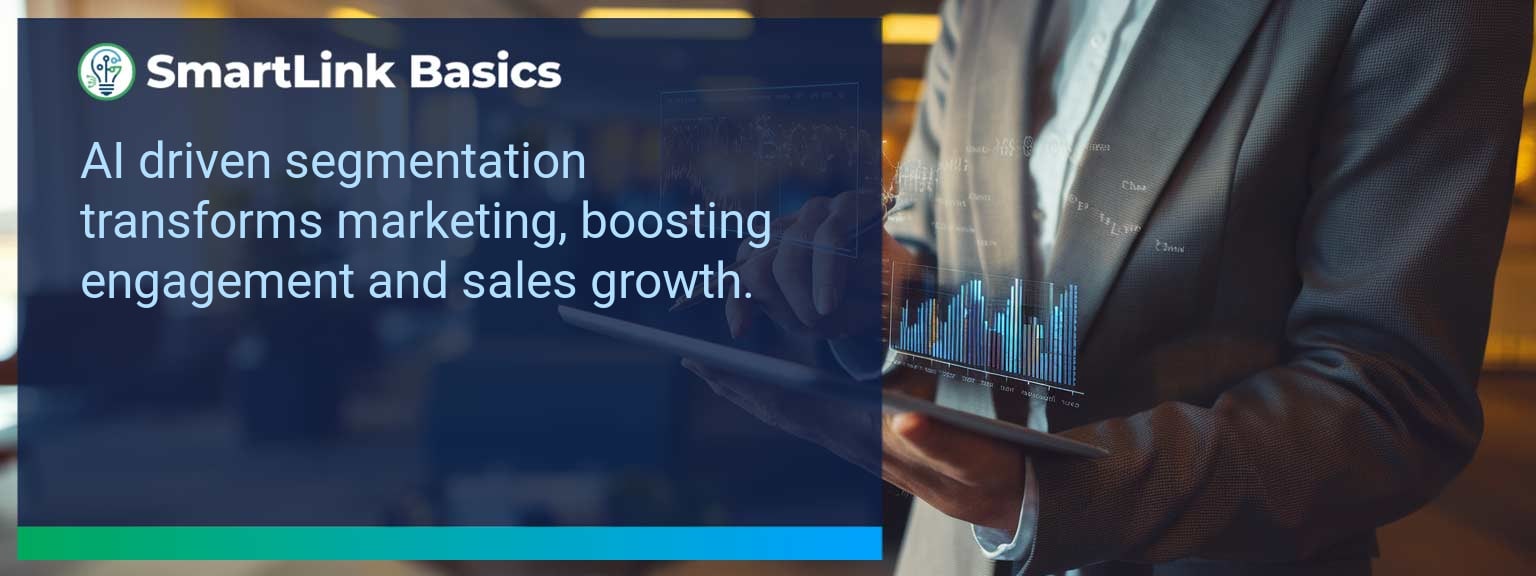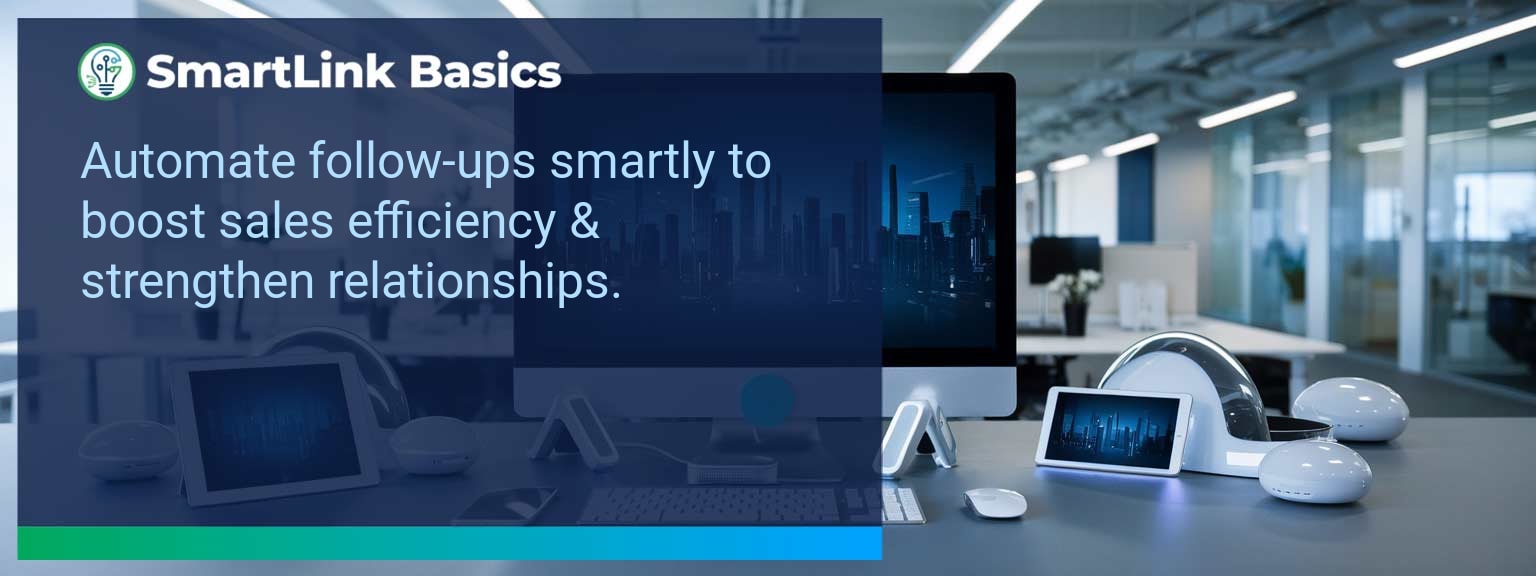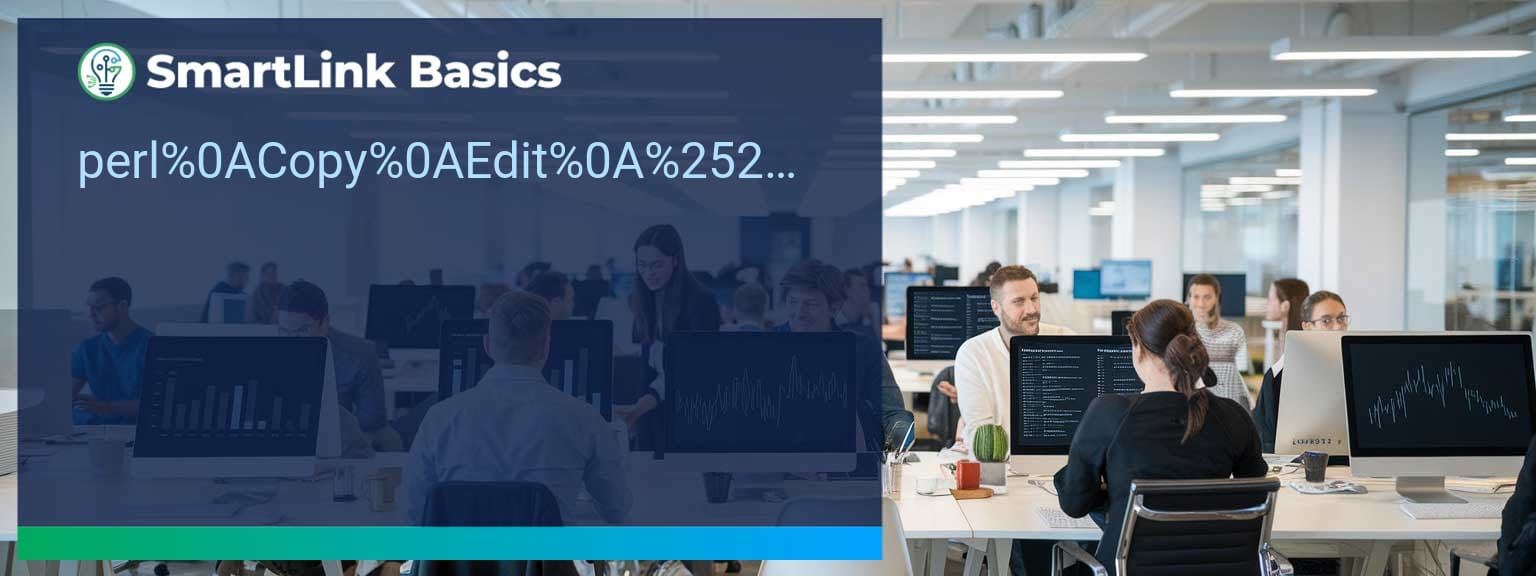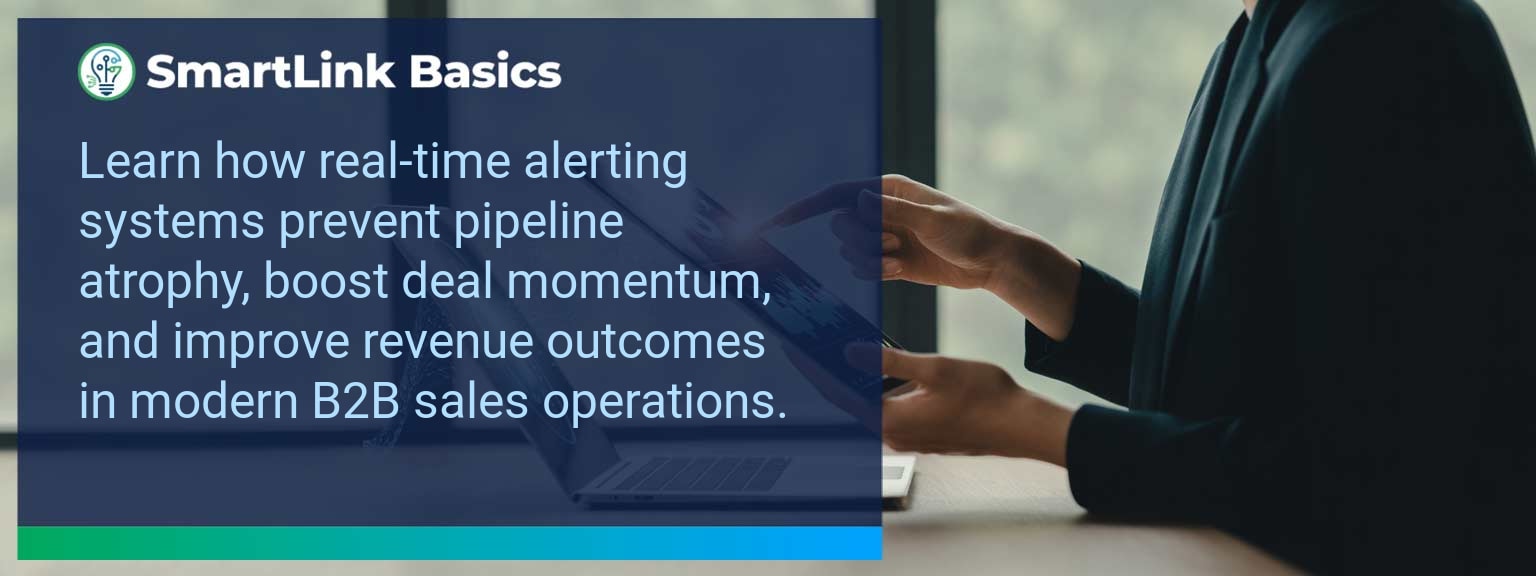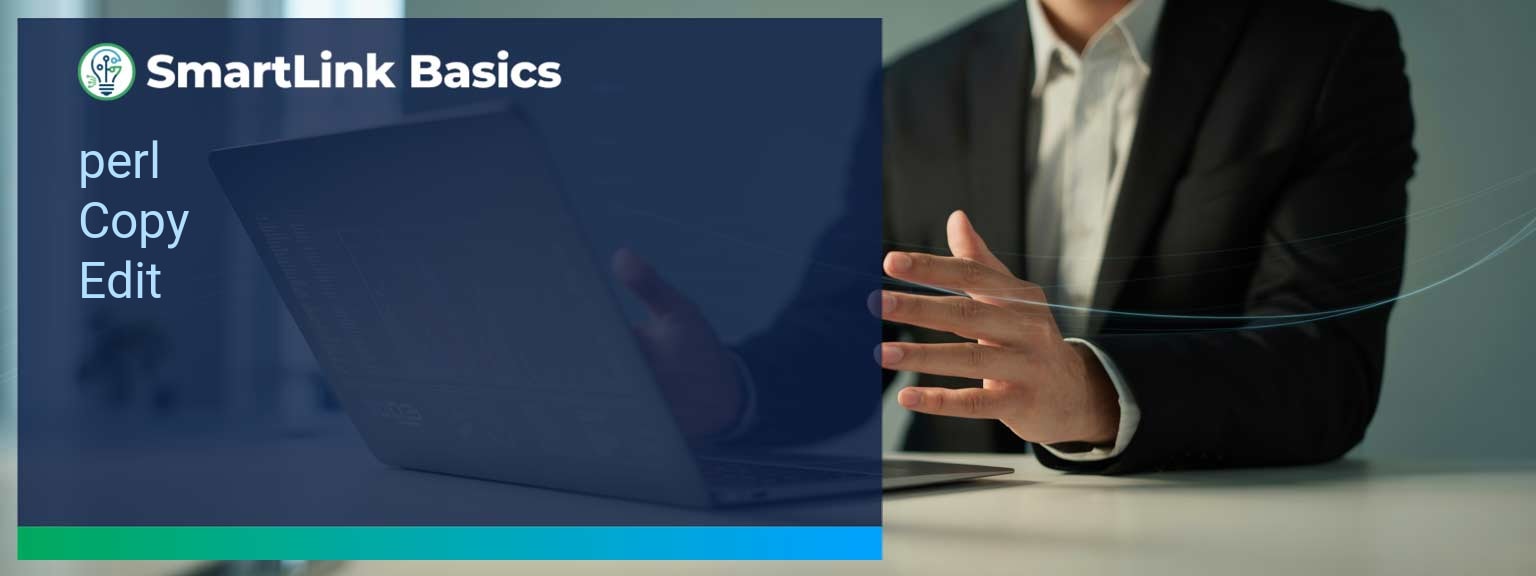Customer expectations for hyper-personalized experiences are now defining competitive advantage. According to recent industry data, 80% of buyers favor brands that deliver tailored interactions across every touchpoint. For sales leaders navigating this reality, leveraging SmartLink Basics insights on AI Driven Customer Segmentation is essential. Traditional segmentation models no longer scale to meet the complexity of real-time behaviors and intent data. This article explores how AI segmentation transforms marketing precision, strengthens sales alignment, and ultimately generates predictable revenue growth in the AI-driven business era.
- AI Driven Customer Segmentation converts complex data into actionable customer insights.
- Predictive analytics enables marketers to anticipate buyer needs and preferences.
- Behavioral analysis refines targeting accuracy and enhances customer experience.
- Automation tools accelerate personalized marketing and sales enablement.
- Data governance and integration strategies ensure sustainable, compliant scaling.
The New Marketing Paradigm: What Changed and Why It Matters Now
Customer segmentation once depended on static demographics and firmographics. The rise of digital behaviors, however, introduced variables too dynamic for manual analysis. AI Driven Customer Segmentation allows organizations to analyze behavioral signals, purchase patterns, and engagement across multiple channels to reveal true intent. These insights redefine personalization across marketing automation and sales enablement.
Unlike linear funnel models, AI systems continuously update and refine segments based on real-time interactions. This adaptability ensures that personalized marketing campaigns evolve alongside customer needs, steadily improving audience relevance and conversion efficiency.
Redesigning the Revenue Operating System Through AI Insights
Effective personalization requires orchestrated collaboration between marketing, sales, and data systems. By applying AI Driven Customer Segmentation, leaders can realign their revenue operating model to reflect smarter targeting, consistent pipelines, and sharper customer experiences.
ICP, Segmentation, and Targeting
AI refines the Ideal Customer Profile (ICP) by integrating signals from CRM data, web activity, and customer intent tools. Predictive analytics identifies which accounts show buying readiness, allowing SDRs and marketers to prioritize outreach intelligently. This precision supports both pipeline efficiency and strategic account growth.
Pipeline Architecture
Intelligent segmentation impacts more than messaging; it redesigns pipeline velocity. AI-generated forecasts highlight which segments are most responsive and which require nurturing. Marketing automation adapts campaign sequences, ensuring communications align with readiness stages throughout the journey.
Plays and Messaging
Behavioral analysis offers actionable insights for crafting plays that resonate with each micro-segment. By analyzing content engagement patterns, AI tools personalize offers and CTAs automatically. This alignment simplifies handoff between marketing and sales while improving the quality of every customer interaction.
Operating Cadence
Integrating AI into operating cadences transforms how leaders manage enablement programs. Teams move from reactive reviews to continuous optimization cycles powered by real-time feedback loops. These insights inform coaching priorities, content development, and deal qualification efforts.
Common Barriers In Achieving True Personalization
Even advanced organizations face obstacles implementing AI segmentation effectively. Data silos, outdated CRMs, or privacy compliance gaps can cripple adoption. Leaders should evaluate the maturity of their data ecosystems and align governance protocols before scaling automated personalization efforts.
Human oversight remains vital. AI models require contextual interpretation to maintain authenticity in marketing communication. Leaders must ensure that predictive analytics enhances—not replaces—the judgment of their revenue teams.
Leveraging Artificial Intelligence To Refine Segmentation
Deploying machine learning models enables continuous learning from customer interactions. These engines detect subtle shifts in buying behavior and dynamically reassign customers to more accurate segments. Real-time updating improves both targeting and budget allocation efficiency.
Solutions such as Salesforce Einstein or HubSpot AI dashboards illustrate how businesses integrate predictive analytics directly into campaign workflows. With clear rules for data handling and measurable oversight, organizations achieve scalable, responsible personalization.
Tangible Business Outcomes Through Smart Targeting
Executives adopting AI Driven Customer Segmentation report uplift across every stage of the funnel. Engagement rates improve as messages match buyer intent more precisely. Customer lifetime value expands through cross-sell and upsell opportunities uncovered by predictive segmentation models.
For example, one B2B tech provider used AI analytics to re-map segments quarterly, increasing conversion rates by 28% and shortening sales cycles significantly. The takeaway: precision targeting drives compounding returns when embedded systematically into marketing operations.
The Road Ahead For Intelligent Marketing Integration
AI segmentation is becoming a cornerstone of modern AI marketing strategy. The fusion of automation, customer insights, and behavioral analysis enables fully adaptive experience delivery at scale. As new integrations between predictive tools and CRM platforms emerge, leaders can orchestrate seamless transitions between insight, action, and optimization.
Forward-thinking teams will anchor every personalization initiative to accountable metrics and ethical data standards, establishing sustainable competitive advantage in the decade of AI-powered automation.
| Category | Metric | Definition | Target |
|---|---|---|---|
| Leading | Segment Model Refresh Rate | Frequency of AI-driven segment model updates per quarter | ≥4 times |
| Leading | Personalized Campaign Activation Rate | Percentage of campaigns leveraging AI-segment data for personalization | 90%+ |
| Lagging | Conversion Rate by Segment | Proportion of segmented customers converting within a campaign period | ≥25% |
| Lagging | Revenue Uplift per Quarter | Percentage growth in revenue attributed to AI-driven personalized marketing | +15% |
| Quality | Customer Experience Alignment Score | Average survey score assessing message relevance and personalization impact | 4.5/5+ |
| Quality | AI Data Accuracy Ratio | Proportion of clean, validated data used in automated segmentations | ≥95% |
Get the 90-day plan, coaching rubric, and dashboard template to operationalize AI in your enablement program.
Driving Future Growth with Adaptive AI Segmentation Models
AI-driven segmentation is the new foundation for predictable personalization and measurable growth. Throughout this guide, we explored how predictive insights, customer analytics, and marketing automation converge to create precise engagement. To continue mastering these frameworks, explore AI-driven sales enablement resources from SmartLink Basics and start operationalizing intelligent segmentation that drives real revenue impact.

